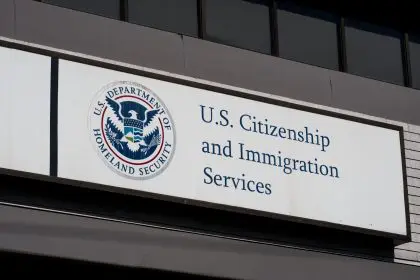American hospitals and medical facilities are facing an unprecedented cybersecurity crisis, with criminal hackers infiltrating healthcare systems at an alarming rate and compromising the personal information of millions of patients nationwide.
New analysis of federal breach data reveals that healthcare organizations reported 725 major security incidents in 2023, marking a troubling continuation of the previous year’s record-breaking trend. While the total number of breaches increased only marginally from 720 incidents in 2022, the scale of patient data exposure expanded catastrophically.
More than 133 million Americans had their medical records compromised last year, representing a dramatic surge from the 65 million affected in 2022. This massive escalation means that cybercriminals successfully accessed patient information at a rate exceeding 370,000 records per day throughout 2023.
The breach statistics underscore how healthcare institutions have become lucrative targets for sophisticated criminal networks seeking to exploit the sector’s unique vulnerabilities and extract maximum financial gain from attacks.
Critical infrastructure under siege
Healthcare facilities present particularly attractive targets for cybercriminals because of the sensitive nature of patient data and the mission-critical role these institutions play in public safety. Medical records contain comprehensive personal information including Social Security numbers, insurance details, and complete health histories that command premium prices on illegal markets.
The sector’s dependence on interconnected digital systems creates additional leverage for ransomware operators who can effectively hold patient care hostage until their demands are met. When hackers successfully penetrate hospital networks, they can disable electronic health records, disrupt medical equipment, and force emergency departments to turn away ambulances.
Change Healthcare’s recent ordeal exemplifies the devastating impact of these attacks. The company reportedly transferred $22 million to cybercriminals to regain access to its systems, despite federal law enforcement guidance discouraging ransom payments. The incident highlights the impossible choice healthcare leaders face between following federal recommendations and ensuring continuous patient care.
Technology adoption fuels vulnerability
The healthcare sector’s rapid digital transformation has inadvertently created numerous entry points for malicious actors. Electronic health records, telemedicine platforms, and internet-connected medical devices have revolutionized patient care while simultaneously expanding the attack surface available to cybercriminals.
Federal cybersecurity officials now identify hacking and ransomware as the predominant threats facing American healthcare institutions. The frequency of ransomware attacks against medical organizations nearly doubled in 2023, with 389 facilities reporting incidents compared to significantly lower numbers in previous years.
Several major breaches demonstrated the widespread nature of these threats. Kaiser Foundation Health Plan discovered that hackers exploited vulnerabilities in its online systems to access personal information belonging to 13.4 million members. Although the incident did not compromise Social Security numbers, the exposure of IP addresses raised significant privacy concerns for affected patients.
Another substantial breach affected approximately 4 million individuals when cybercriminals targeted a medical transcription company working with Concentra Health Services. The attack exposed names, addresses, and Social Security numbers, illustrating how third-party vendor relationships can create unexpected security risks for healthcare providers.
Financial strain hampers security efforts
Healthcare data breaches consistently rank as the most expensive across all economic sectors, though recent trends show modest cost reductions. IBM’s 2024 research found that the average healthcare breach cost $9.77 million, down from $10.93 million in 2023. Despite this improvement, healthcare breach costs remain approximately double those experienced by other industries.
Industry analysts attribute persistent vulnerabilities to chronic underfunding of cybersecurity initiatives. Many healthcare organizations operate with razor-thin profit margins and struggle to balance investments in patient care with necessary security infrastructure upgrades.
The shortage of qualified cybersecurity professionals compounds these financial challenges, leaving many facilities inadequately protected against increasingly sophisticated attack methods.
Coordinated response emerges
Federal agencies have begun implementing stricter cybersecurity requirements while developing funding mechanisms to support healthcare security improvements. The Department of Health and Human Services is establishing enhanced compliance standards and providing resources specifically designed for smaller medical organizations.
The Biden administration’s Universal Patching and Remediation for Autonomous Defense program aims to develop specialized cybersecurity tools tailored for hospital environments. Major technology companies including Microsoft and Google have committed to supporting healthcare cybersecurity through grants and discounted security products.
However, cybersecurity experts emphasize that sustainable progress requires long-term investment commitments and comprehensive industry reform to adequately protect patient information in an increasingly hostile digital environment.















